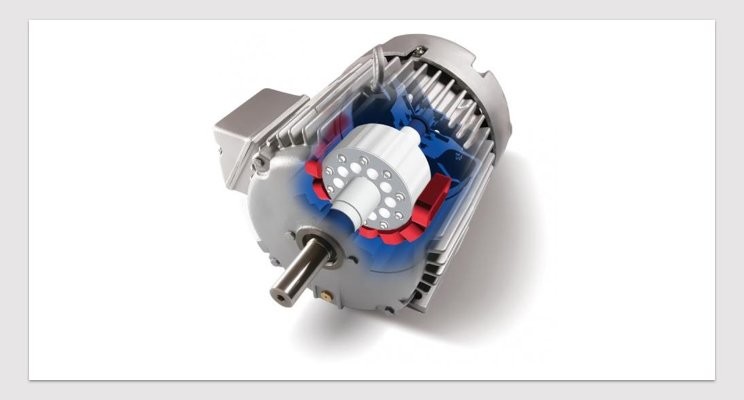The synchronous motors market is witnessing significant growth and technological advancements due to the increasing demand for energy-efficient and reliable motor systems. Synchronous motors offer various benefits, such as high power factor, low maintenance requirements, and precise control, making them ideal for a wide range of applications in industries such as oil and gas, power generation, automotive, and manufacturing. This article explores the current state of the synchronous motors market, key drivers for its growth, and the latest technological advancements shaping the industry.

Market Overview:
The synchronous motors market has been experiencing robust growth in recent years. The market is primarily driven by the rising need for energy-efficient motors, stringent regulations on energy consumption, and the growing emphasis on sustainable industrial practices. Synchronous motors are known for their high efficiency, which helps reduce energy consumption and lower operational costs for end-users.
Key Drivers:
a. Energy Efficiency: Synchronous motors offer higher energy efficiency compared to other types of motors. They operate at a near-unity power factor, resulting in minimal energy losses and reduced electricity bills for end-users. This advantage has fueled the demand for synchronous motors across various industries.
b. Industrial Automation: The increasing trend of industrial automation has created a strong demand for synchronous motors. These motors are widely used in automated systems that require precise control, high torque, and accurate synchronization. Industries such as robotics, packaging, and material handling heavily rely on synchronous motors for their operations.
c. Renewable Energy Integration: With the growing focus on renewable energy sources, synchronous motors have become essential for the integration of renewable energy into the power grid. Synchronous motors facilitate grid stability by providing reactive power support, frequency control, and synchronization capabilities, making them indispensable in wind farms, hydroelectric plants, and solar power installations.
Technological Advancements:
a. Permanent Magnet Synchronous Motors (PMSM): The adoption of permanent magnet synchronous motors has gained significant traction in recent years. These motors utilize rare-earth magnets, offering higher power density, improved efficiency, and compact size. PMSMs find applications in electric vehicles, HVAC systems, and industrial machinery where high torque density and efficiency are crucial.
b. Sensorless Control Systems: Traditional synchronous motors require position sensors for proper operation. However, advancements in control algorithms and motor design have led to the development of sensorless control systems. These systems eliminate the need for position sensors, reducing complexity and cost while improving reliability.
c. Integrated Motor Drive Systems: The integration of motor drives and controllers into a single package has simplified motor installations and improved overall system performance. Integrated motor drive systems offer benefits such as reduced footprint, enhanced efficiency, and enhanced monitoring and control capabilities, driving their adoption in various industries.
Regional Outlook:
The synchronous motors market is witnessing significant growth across regions, with Asia Pacific leading the market due to the rapid industrialization and infrastructure development in countries like China and India. North America and Europe are also key markets, driven by the demand for energy-efficient solutions and the increasing adoption of electric vehicles.
Some of the Major Synchronous Motors Market Players Are:
Toyo Denki Seizo K.K., Emerson Electric Corporation, GE Grid Solutions Heinzmann GmbH & Co.KG, Fuji Electric Co. Ltd, WEG S.A., Baumuller Nurnberg GmbH, Rockwell Automation, Oriental Motor USA, Automatic IT Services Pvt Ltd, Infineon Technologies, Bosch Rexroth Australia, NXP Semiconductors, Siemens AG, Nidec Servo Corporation, Johnson Electric Holding Ltd., Toshiba Infrastructure Systems, Motion Drivetronics Pvt Ltd.
Segmentations
From the forecast period of 2022 through 2028, the segmentation research focuses mainly on profitability and forecasts by geography. Sub-segment evaluation is also carried out for all the major segments covered in the research scope. This will enable the user to discover dominating sectors as well as the factors determining the market’s expansion. The statistical study of the segmentation and sub-segments will provide an overall picture of a market trend in the existing markets as well as in the future.
Market Segmentation
By Product –
Horizontal And Vertical
By Application –
Compressors, Fans, Conveyor Belts, Pumps, Extruders, And Mixers
By Regional Analysis
- North America ( United States)
- Europe ( Germany, France, UK)
- Asia-Pacific ( China, Japan, India)
- Latin America ( Brazil)
- The Middle East & Africa


